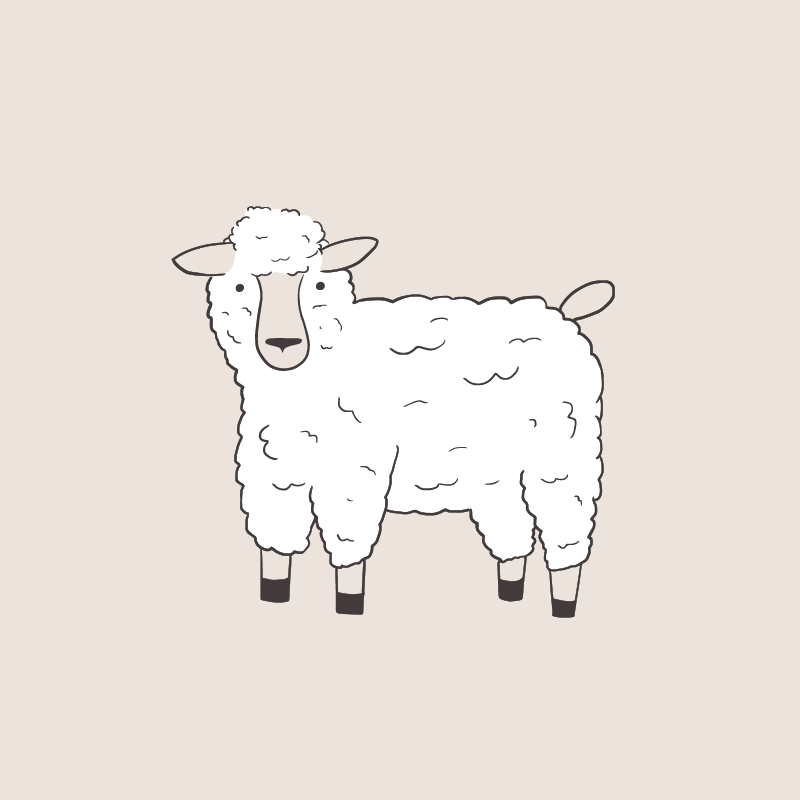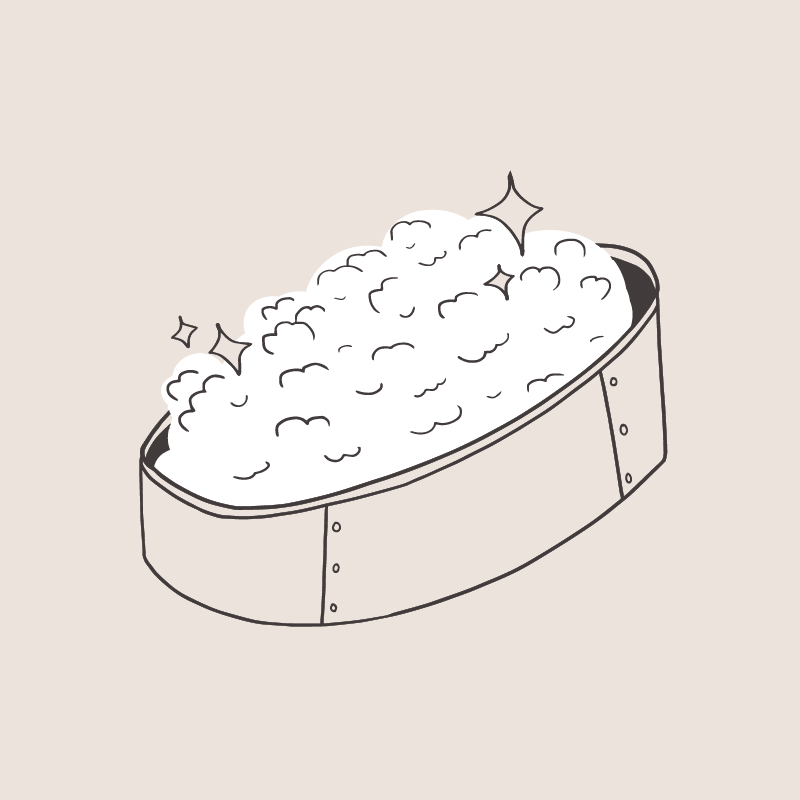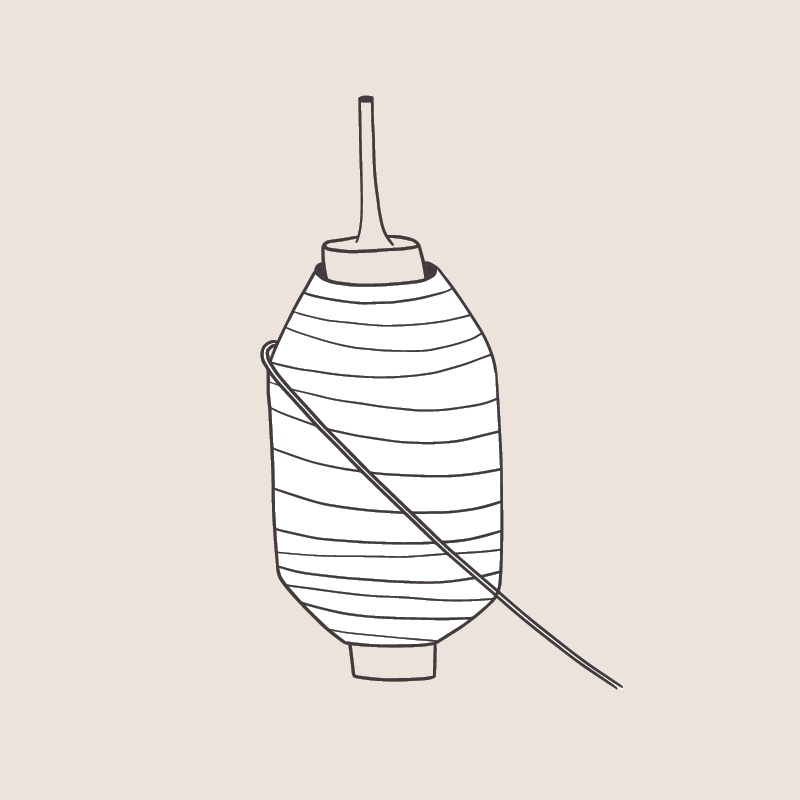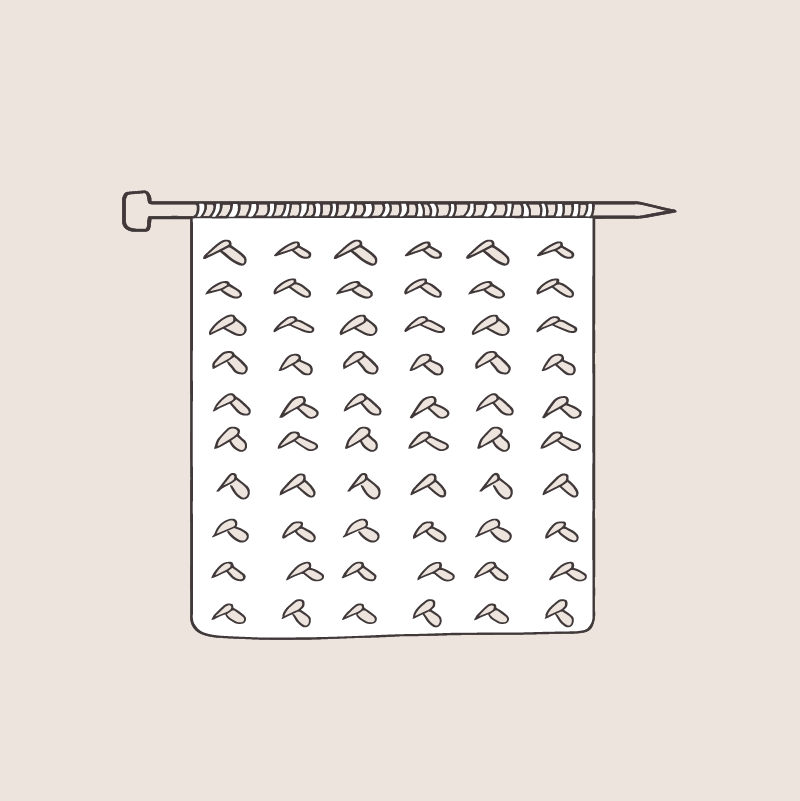
How does wool harvested in the American West turn into the soft, high-quality yarn that just arrived on your doorstep? Read on to learn about the journey of High Desert, the newest member of the Knit Picks’ fiber family.
Step 1: The Wool – American West

Our wool is 100% USA grown Shaniko Wool from the American West.
Step 2: Processing – South Carolina

The wool is cleaned and prepared for spinning.
Step 3: Spinning & Dyeing – North Carolina

Dyed and spun, the wool is drawn out to create a beautiful worsted-spun yarn.
Step 4: Warehouse – Ohio

The finished yarn is transported to the Crafts Group warehouse for shipping.
Step 5: Customer – that’s you!

High Desert yarn is sent to our customers all over the world, where it is lovingly squished and adored before becoming the stunning sweaters, wraps, and accessories it is destined to become!



